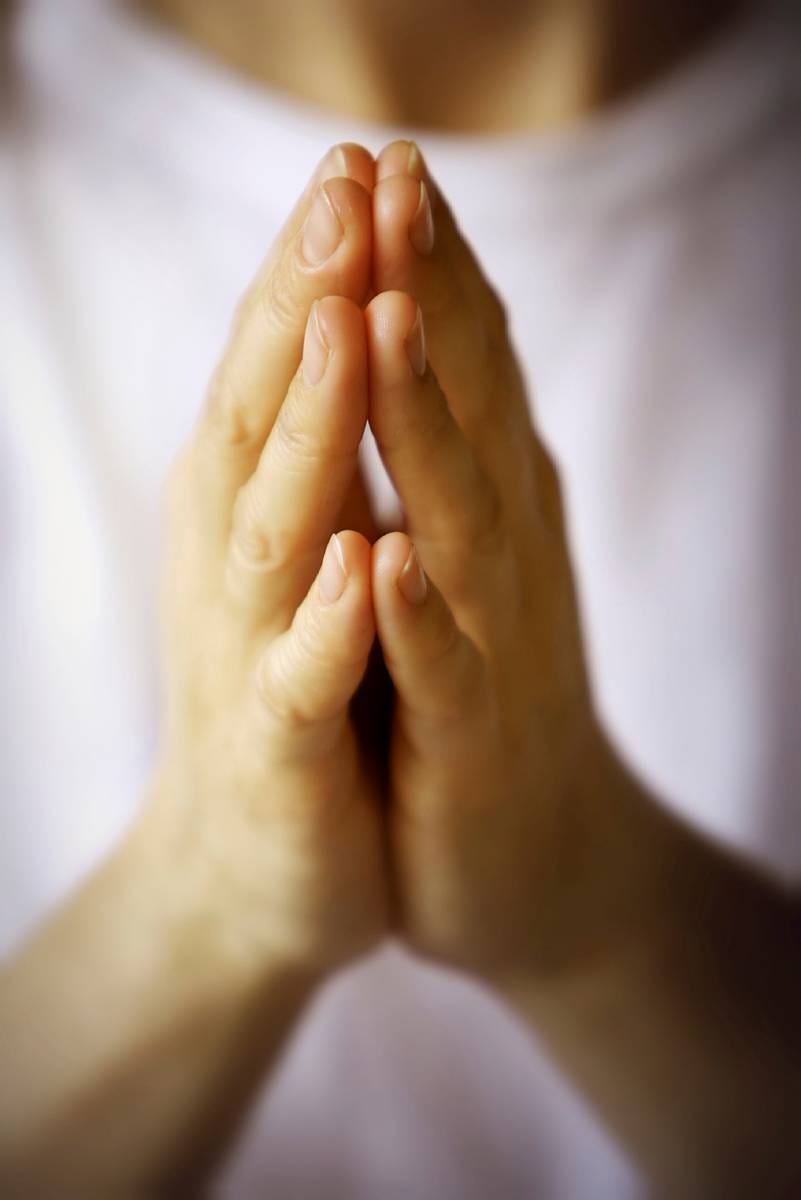Grok says:
“This lesson promotes a holistic approach to body movement,
where the skeletal system plays a central role in supporting, aligning, and facilitating the exercises. By enhancing body awareness, alignment, and movement quality, it indirectly benefits bone health by fostering conditions where bones can function optimally, potentially preventing bone-related issues and enhancing overall skeletal integrity.
Remember, these benefits are cumulative and most effective when practiced regularly.”
This lesson sometimes causes controversy when it’s introduced
“is Feldenkrais a religion??”
Very clearly it is not, however Moshe was open minded as far as religion is concerned and he studied the ways of different religions to find common denominators as far as the physical body is concerned. From that angle he brings us a practical lesson that keeps the hip joints of a large population quite supple, and we we will see why tonight.
Keep reading with a 7-day free trial
Subscribe to MySelf.Study to keep reading this post and get 7 days of free access to the full post archives.


